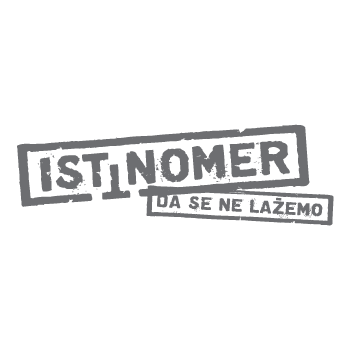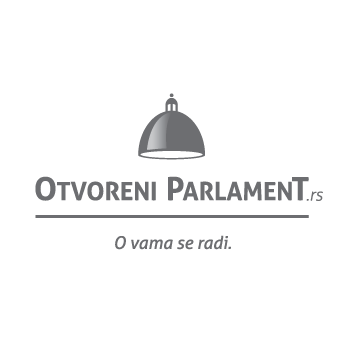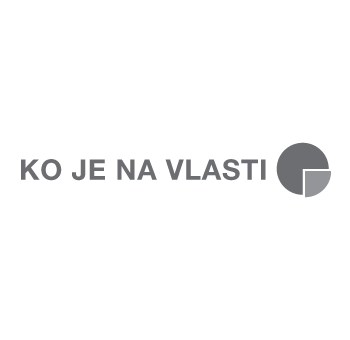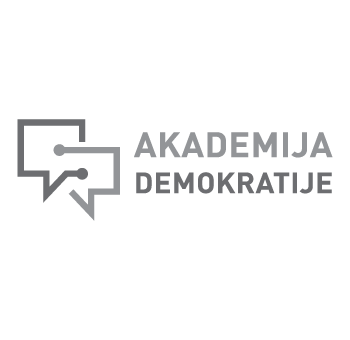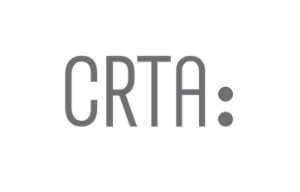Poor Election Day in Belgrade
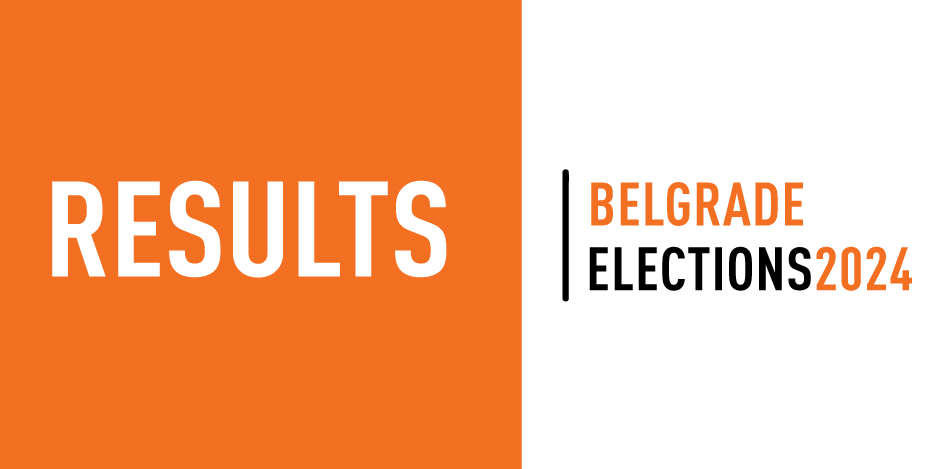
The elections for the Assembly of the City of Belgrade were devastating regarding the integrity and quality of the elections, the rule of law and the democratic capacity of society. Around 200,000 fewer voters got out to vote compared to December, and despite a convincing majority that will form the Belgrade government, its legitimacy will be questioned as it resulted from an election process far below the standards for democratic elections.
Since these elections were called, CRTA has emphasized the necessity not to view them in isolation but as a continuation of the Belgrade elections from last December, which were heavily compromised by proven tampering with the citizens’ electoral will, primarily through illegal and illegitimate electoral engineering.
In this context, the election day on June 2 can be viewed as the second, less bad half of a match that was played in an extremely dirty manner in the first half. On June 2, we did not record such severe fouls as on December 17, but in terms of the number and types of irregularities and individual incidents, particularly the recorded cases of vote buying and tense situations that approached or crossed the line of violence, the quality of this election day was worse than, for example, the Belgrade elections held just over two years ago, on April 3, 2022.
This decline in the quality becomes even clearer when considering the entire electoral process, not just the day of the vote. All chronic problems, that have been devaluing elections for many years, continued to grow, but also normalize – from the fact that as citizens we cannot trust the Voter Registry, through the extreme media inequality of electoral participants, the abuse of state institutions and public resources, to the intensified pressures on voters.
With these elections, the state did not restore citizens’ trust in the election process.
According to the preliminary analysis of the CRTA Election Observation Mission, the voting results were compromised at 9 percent of polling stations in Belgrade. Although irregularities recorded at these polls cannot bring into question the electoral victory of the strongest list, the prevalence and nature of the recorded mechanisms used to control voters’ will on election day, along with the compromised Voter Registry, point to the conclusion that these elections cannot be considered free and fair.
Throughout Belgrade, CRTA observers recorded individual cases of serious irregularities that undermined the integrity of the voting process. It is concerning that the secrecy of the vote was violated at 33 percent of polling stations, predominantly due to the photographing of ballots behind the screen (29 percent of polling stations). Parallel records of voters inside polling stations were recorded at 8 percent of polling stations.
Procedures for checking whether a voter had previously voted were not consistently followed at 22 percent of polling stations, while voter identity was not verified at 5 percent of polling stations. Cases of multiple voting, where one voter inserted several ballots into the ballot box, were recorded at 1 percent of polling stations.
At 19 percent of polling stations voters could not be found in the Voter Registry, which could to a certain extent be explained by poor communication from state authorities regarding changes in polling stations territories, as well as changes to the Law on the Unified Voter Registry in weeks before the election day. Cases where voters did not vote personally were recorded at 14 percent of polling stations.
On election day, patterns of seemingly isolated incidents were observed. Various mechanisms of control and pressures on voters were recorded near polling stations, which the CRTA Election Observation Mission emphasized in its long-term observation reports as well – from vehicles circling around polling stations throughout the day, organized transportation of voters to the polls, gatherings in front of polling stations, and the presence of third parties at polling stations.
Mobile observation teams were most frequently deployed on the ground in response to received information about vote buying and suspicions of organized voter transportation. There were 36 cases that CRTA observers monitored throughout the day, mostly in Zvezdara (11), Novi Beograd (8), Vozdovac (8), Palilula (4), Rakovica (3), Cukarica (3), Barajevo (1), Lazarevac (1), Savski Venac (2), Mladenovac (1), Stari Grad (3), Surcin (2), Zemun (2).
Logistics and call centers were noticed at several locations in Belgrade (such as facilities in Senjak, Sarajevska Street, Banjica, Vracar, Novi Beograd, Surcin). Some of these centers were in the close vicinity of polling stations, in catering facilities, private houses and public company premises, stadiums, as well as in buildings unmarked for their purpose and activity. Citizens and CRTA observers recorded that restaurants, pizzerias and bakeries were used for party activities. Similar behavior of activists and voters was observed in all cases: people directing voters to polling stations and, after voting, voters heading to these party locations.
Vehicles, including those with license plates from Bosnia and Herzegovina, were seen transporting voters in front of a large number of observed polling stations. The coordinated and organized transportation of voters visibly involved minority communities, primarily the Roma community (cases were recorded in Surcin, Palilula, Lazarevac, Stari Grad, Novi Beograd, Mladenovac).
Organized transportation was accompanied by parallel records of voters and cases of vote buying. Eight complaints were submitted to the police regarding cases of suspected vote buying and carousel voting, more than in any previous elections.
For example, voters came to the stadium of the football club Zeleznik to collect money after voting. In the case that occurred near the Seventh Belgrade Gymnasium in Zvezdara, the manipulation scheme included organized transportation of voters from marginalized and vulnerable groups, pressures on voters, and clear indications of vote-for-service exchanges. The interconnected control mechanisms included transporting voters to logistics centers, taking personal documents for review, directing voters to polling stations, and using voting invitations for party records and carousel voting.
Around 500 citizens contacted the CRTA Election Observation Mission, reporting various irregularities observed at polling stations and their surroundings, and seeking legal advice on exercising and protecting their voting rights. Citizens predominantly contacted CRTA to report problems with the Voter Registry, irregularities in the voting process at polling stations, parallel records of voters, cases of vote buying, organized transportation of voters, and pressures on voters.

Belgrade elections results 2024 – CRTA
